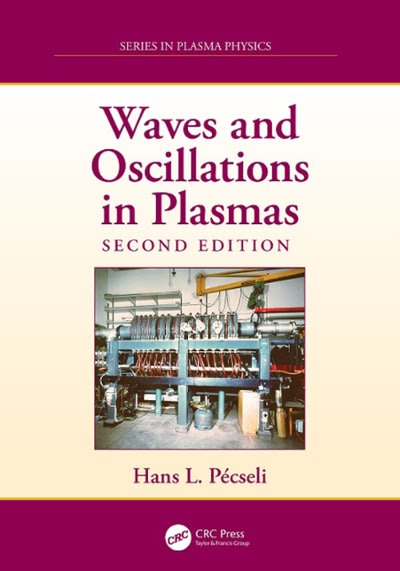Question
1. What is the magnitude of the gravitational force that two small 7.00-kg balls exert on each other when they are 35.0 cm apart? (
1.
What is the magnitude of the gravitational force that two small 7.00-kg balls exert on each other when they are 35.0 cm apart? (G = 6.67 10-11 N m2/kg2)
6.
A Ferris wheel has radius 5.0 m and makes one revolution every 8.0 s with uniform rotation. A person who normally weighs 670 N is sitting on one of the benches attached at the rim of the wheel. What is the apparent weight (the normal force exerted on her by the bench) of the person as she passes through the highest point of her motion?
11.
A small 175-g ball on the end of a light string is revolving uniformly on a frictionless surface in a horizontal circle of diameter 1.0 m. The ball makes 2.0 revolutions every 1.0 s. (a) What are the magnitude and direction of the acceleration of the ball? (b) Find the tension in the string.
12.
Two identical tiny balls of highly compressed matter are 1.50 m apart. When released in an orbiting space station, they accelerate toward each other at 2.00 cm/s2. What is the mass of each of them? (G = 6.67 10-11 N m2/kg2)
14.
A curved portion of highway has a radius of curvature of 65 m. As a highway engineer, you want to bank this curve at the proper angle for a steady speed of 22 m/s. (a) What banking angle should you specify for this curve? (b) At the proper banking angle, what normal force and what friction force does the highway exert on a 750-kg car going around the curve at the proper speed?
Step by Step Solution
There are 3 Steps involved in it
Step: 1

Get Instant Access to Expert-Tailored Solutions
See step-by-step solutions with expert insights and AI powered tools for academic success
Step: 2

Step: 3

Ace Your Homework with AI
Get the answers you need in no time with our AI-driven, step-by-step assistance
Get Started


